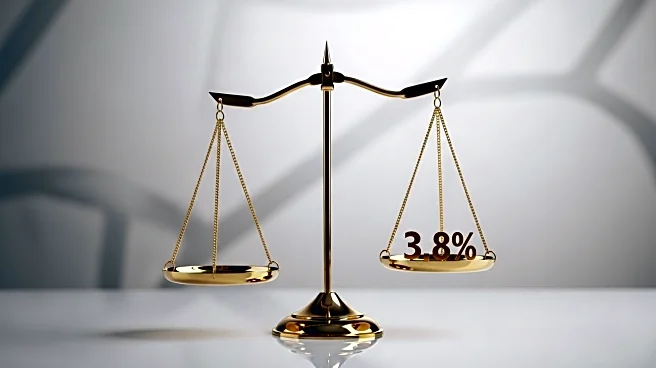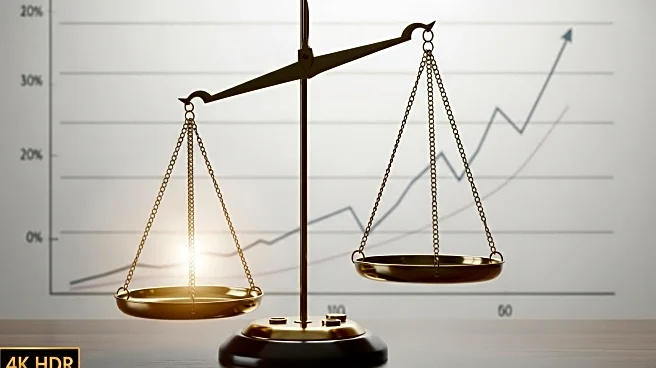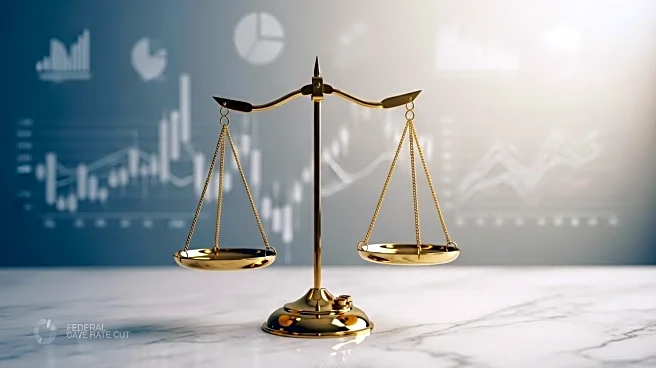What's Happening?
U.S. commercial insurance rates have increased by 3.8% in the second quarter of 2025, as reported by the WTW Commercial Lines Insurance Pricing Survey (CLIPS). This marks a moderation from previous quarters where the rate increase was close to 6%. The survey, which included 42 participating insurers representing about 20% of the U.S. commercial insurance market, compared prices charged on policies written during Q2 2025 with those from Q2 2024. While some lines continued to see price increases, others remained stable or slightly declined. Notably, commercial property prices decreased during this period. The largest price increases were observed in excess/umbrella liability and commercial auto insurance.
Why It's Important?
The moderation in commercial insurance pricing reflects a shift in the market dynamics, potentially impacting businesses across various sectors. Companies may experience relief in insurance costs, particularly in commercial property, which could influence budgeting and financial planning. However, the continued rise in excess/umbrella liability and commercial auto insurance rates suggests ongoing challenges for businesses reliant on these coverages. The insurance industry must navigate these changes while balancing risk management and cost efficiency, affecting stakeholders from insurers to policyholders.
What's Next?
As the insurance market adapts to these pricing trends, businesses may reassess their insurance strategies to optimize coverage and manage costs effectively. Insurers might explore innovative solutions to maintain competitiveness and address client needs amidst fluctuating rates. The industry could see further adjustments in pricing as economic conditions evolve, influencing future surveys and market analyses.
Beyond the Headlines
The shift in insurance pricing may prompt discussions on risk assessment and management practices within the industry. Companies might consider alternative risk transfer mechanisms or self-insurance options to mitigate rising costs in certain lines. Additionally, the moderation in pricing could signal broader economic trends, potentially affecting investment strategies and market stability.











